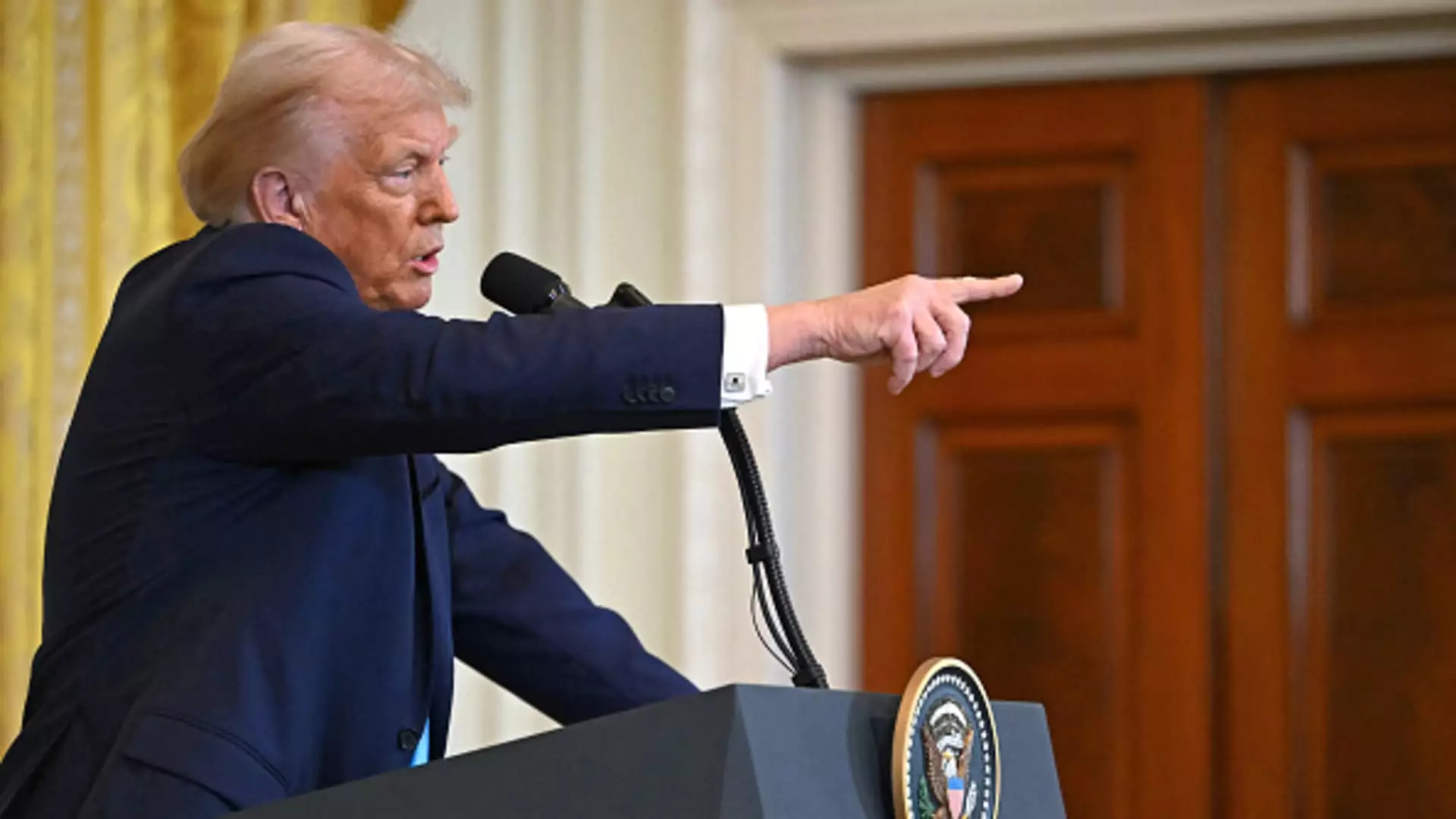In recent discussions surrounding the tax agenda spearheaded by former President Donald Trump, a significant focus has emerged on the controversial “carried interest loophole.” This provision provides preferential treatment to private equity, venture capital, and hedge fund managers, enabling them to pay taxes on a portion of their earnings at lower capital gains rates rather than standard income tax rates. This loophole permits general partners in investment funds to benefit from a portion of their income termed carried interest, which is currently taxed at a rate of 20% for long-term capital gains. This figure stands in stark contrast to the marginal tax rate of 37% that applies to ordinary income, raising questions about fairness and equity in the tax system.
Critics of the carried interest loophole argue that income derived from this provision should be treated as ordinary wages, thereby subject to the higher income tax rates. Tax expert Steve Rosenthal emphasizes that while management fees received by investment managers are indeed taxed as regular income, carried interest constitutes the majority of their earnings. This discrepancy has fueled bipartisan calls to address the issue, with organizations like the Tax Foundation noting consistent support for reform alongside vigorous lobbying from industry stakeholders who are concerned about the implications of eliminating such a tax advantage.
Despite repeated pledges by Trump and other Republican leaders to rectify this imbalance, substantive reforms have yet to materialize. The Tax Cuts and Jobs Act of 2017 represented a modest step towards reform by extending the required holding period for capital gains from one year to three years, but many view this change as insufficient. Attempts to further extend this holding period to five years during the Inflation Reduction Act discussions were ultimately abandoned, showcasing the difficulty of enacting robust tax policy changes amid intense industry lobbying.
The debate surrounding the carried interest loophole highlights broader economic priorities among Republicans, particularly as they grapple with spending decisions and seek avenues to finance tax cuts. Advocates of closing the loophole argue that the revenue generated from such a move, although potentially significant, pales in comparison to the financial gaps that exist within the overall budgetary landscape, especially when the extensive costs of extending other expiring tax breaks are considered. Garrett Watson from the Tax Foundation describes the revenue potential of eliminating the carried interest loophole as a “drop in the bucket” in the context of the trillions required for broader fiscal responsibilities.
This ongoing debate is emblematic of the tensions that arise when attempting to balance tax reform with the vested interests of powerful lobbying groups. The narrative is complicated further by the fact that while there is widespread acknowledgment of the loophole’s discontent, the constituencies most directly impacted by proposed changes—namely private equity executives—remain staunch defenders of their favorable tax treatment.
The carried interest loophole represents a multifaceted challenge within the broader scope of tax reform discussions, revealing deep-seated conflicts between equity, economic policy, and lobbying influence in American governance. Understanding these complexities is essential for any future legislative endeavors aimed at achieving tax fairness and comprehensive reform.

Leave a Reply